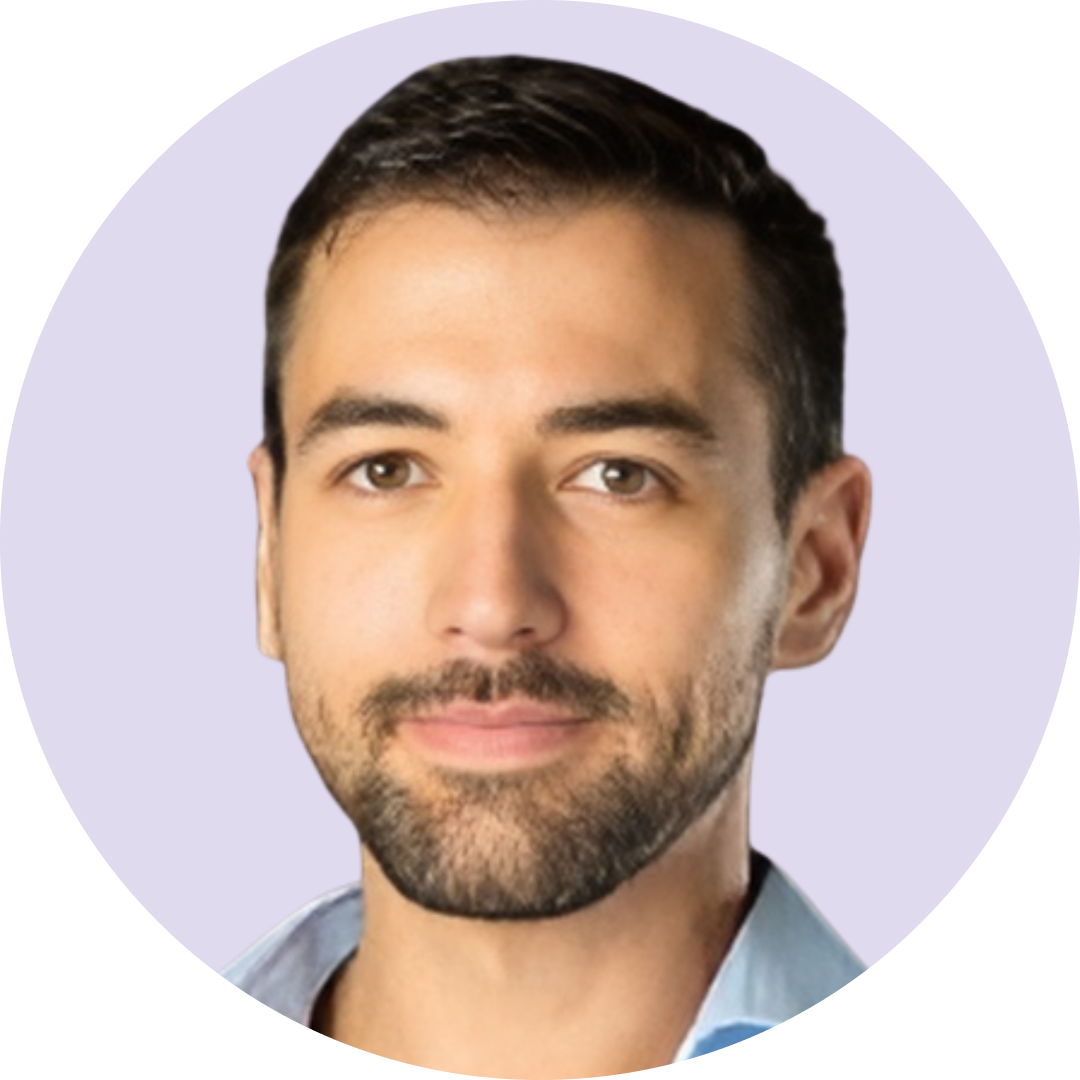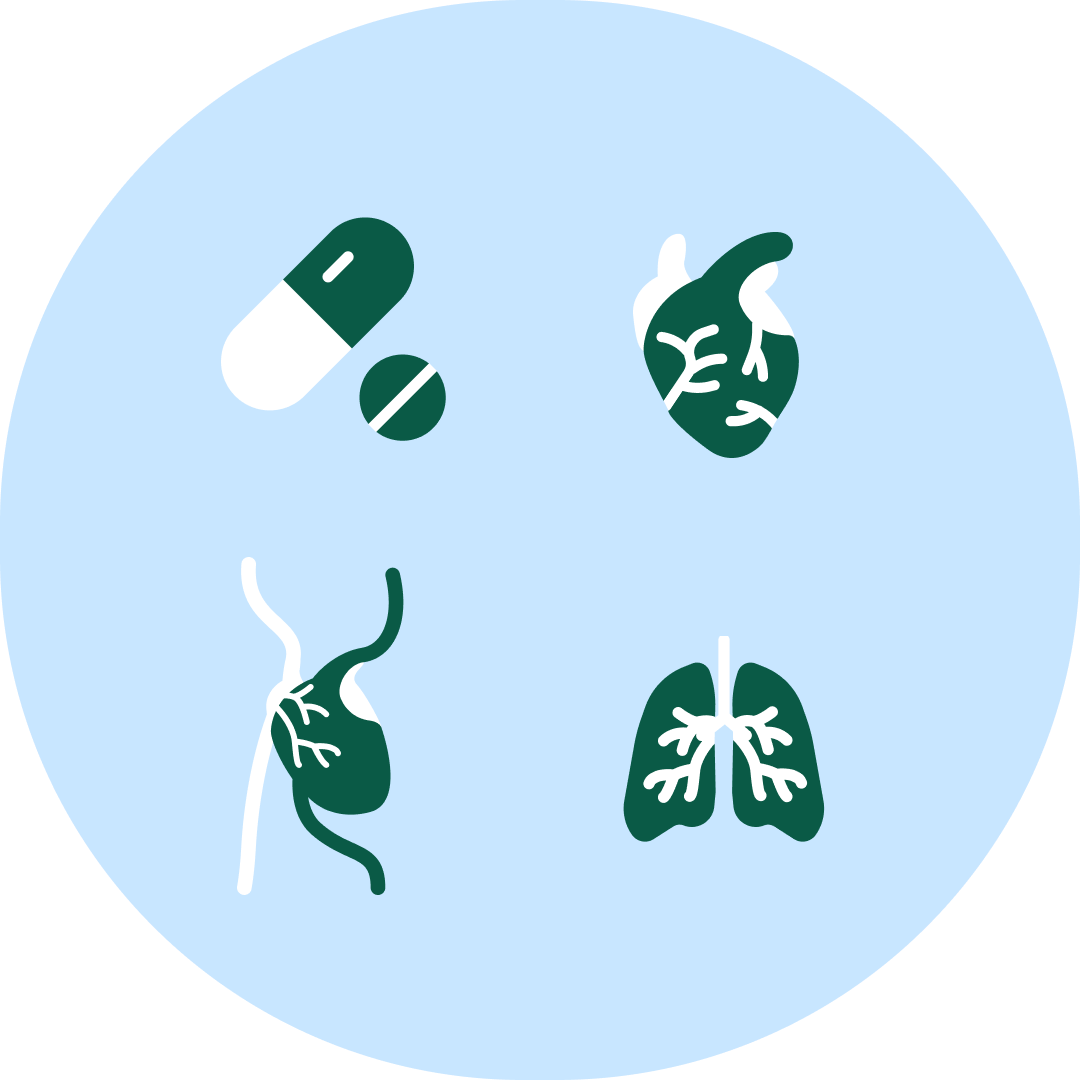Congress Newsletter 2024
Is an anaesthesiologist required on board during mission to Mars?
Insights from Dr Matthieu Komorowski’s Sir Robert Macintosh Lecture

In his Sir Robert Macintosh Lecture on ‘Is an anaesthesiologist required on board during mission to Mars?’ Dr Matthieu Komorowski will delve into answering this compelling question of whether an anaesthesiologist is essential for missions to Mars. He plans to guide the audience through a hypothetical scenario involving astronauts on a mission to Mars in 2035, where they must overcome severe challenges with limited medical resources. Dr Komorowski’s talk aims to highlight the importance of preparing the scientific and medical communities for future space exploration, drawing from his extensive research on delivering advanced medical care in extreme and isolated environments. His work underscores the necessity of training non-specialists to perform critical medical procedures and the potential role of artificial intelligence in supporting health crises during long-duration spaceflights.
Dr Komorowski, in your upcoming Sir Robert Macintosh Lecture at Euroanaesthesia 2024, you’re addressing whether an anaesthesiologist is necessary for missions to Mars. Could you give us an overview of the main points you will discuss?
I am incredibly excited to give this lecture, which blends my passions for space exploration and anaesthesiology. During my talk, I will invite the audience to follow a crew of astronauts during the first manned mission to Mars in 2035, where – without revealing the plot – some terrible things will happen to the crew will have to demonstrate extraordinary resilience, skills and teamwork to try and overcome them. You might think that this is only a fun exercise for the mind to imagine how we could possibly manage a severe surgical emergency whilst on the surface of Mars, over 200 million kilometres away from the nearest hospital. In truth, both governmental and private space organisations have concrete plans to return to the Moon within this decade and to Mars in the next, so the scientific and medical communities must prepare for the next chapter of human exploration.
Dr Komorowski, it’s quite fascinating how you’ve woven your personal passions for space, mountains, and diving into advanced medical specialisations. Could you elaborate on how these interests have enriched your professional life and influenced your pioneering research and clinical methodologies?
My approach to making career choices has been primarily driven by passion. Indeed, we anaesthesiologists are extremely lucky to be doing a job which guarantees to provide us with long term job security, satisfaction, and a stable income. What it means in my opinion is that we are free to explore anything else we might be interested in. In my case it’s been medicine in extreme environments, but I equally see a lot of added value for people who decide to blend their medical practice with engineering, business, ethics, human factors, or art for example. When you do something like this, you basically try to see the overlap between two domains or specialties, where gaps in knowledge are and how you could address them. This is precisely what I have been focusing on in my research in space medicine. And arguably, by demonstrating that even advanced medical care (for example rapid sequence induction, or airway management with a video-laryngoscope) could be delivered by non-specialists, we added to the literature in austere environments.
Given your unique qualifications in space, mountain, diving, and hyperbaric medicine, how do these disciplines inform your approach to the unique challenges of space travel anaesthesia?
In a nutshell, the concept is to look at how invasive medical care such as anaesthesia, organ support and surgery is delivered in isolated and confined environments which replicate some (but not all) of the conditions and constraints of future long-duration interplanetary space missions, and learn how knowledge from these environments can be translated to space. This was the topic of a large literature review we published in 2018 in npj Microgravity. We found a vast amount of literature on how medicine and surgery were delivered on the battlefield, in low-and-middle income countries, during expeditions to the poles or at high altitude, and we also looked at what was available in low Earth orbit, onboard the International Space Station. Then, we used all this information to try to answer some key questions for the anaesthesiologist, such as: what would be a realistic approach to deliver regional and general anaesthesia in these conditions; what kit would be necessary and sufficient; how to train non-specialists to do this job, and so on. In my clinical practice, this literature informs proficiency benchmarks for procedures, when I train junior doctors in the operating room and on intensive care. For example, I expect them to become proficient at oro-tracheal intubation with a video-laryngoscope after about 10 or 20 trials, whereas it’s closer to 50 or 60 for direct laryngoscopy.
Your research has contributed significantly to AI in healthcare, particularly in managing sepsis. How do you envision the integration of AI in managing health crises during long-duration spaceflights?
Given the rapid advancement of AI, in particularly thanks to transformer models and large language models, it’s not hard to envision that this technology will be pivotal in supporting isolated crews during future deep space missions, where real-time telecommunication will be impossible. In the case of Mars for example,
We surveyed the applications of AI for space medicine in a 2023 review published in the journal Aerospace Medicine and Human Performance. What we found is that AI could help with monitoring crews, preventing some medical conditions such as mental health issues, and providing medical advice for managing these conditions. This is a possible area of application of my current academic work in the domain of sepsis resuscitation, where we built and tested AI systems to inform personalised dosing of intravenous fluids and vasopressors, which remain a key challenge for clinicians at the bedside. Another obvious area is represented by automated image analysis from ultrasound scans, which clearly require extensive training. It is easy to envision having an ultrasound device on board, embedded with AI solutions to estimate – for example – the cardiac systolic and diastolic function of astronauts to quantify the level of their de-conditioning.
Could you share some practical applications of your research that might be used on a Mars mission? How does the isolation and extreme environment of space affect medical protocols?
When thinking about delivering care during long-duration space missions, there are three main aspects to consider: a limitation in onboard medical skills, a shortage in medical equipment and consumables, and a patient whose physiology has been profoundly affected by the environment of space. Put together, it means that it will be challenging to treat even benign conditions, and that severe ones might not be survivable. This comes with a host of ethical questions, such as whether minimal treatment or even withdrawal of care should be considered early for severe conditions in order to preserve medical consumables for the rest of the crew, for the remainder of the mission.
It is also crucial to keep in mind how limited the technical skills might be onboard when designing medical kits and protocols. This was the premise behind a parabolic flight study we conducted in 2019, where we tested video- and direct laryngoscopy for oro-tracheal intubation by novice and expert operators (published in the British Journal of Anaesthesia). In this randomised study, we were able to confirm that novice intubators using a video-laryngoscope could reach a first-pass success rate of 80% in microgravity, which was nearly as high as experts. This kind of study is crucial when designing a medical kit for space missions, and I would certainly recommend embarking a video-laryngoscope.
You were a medical research fellow at the European Space Agency and a finalist in their astronaut selection process. How have these experiences shaped your current research and clinical practices?
Being part of the astronaut selection was an incredible experience. In February 2021, the ESA announced they were looking for a new batch of astronauts. I had spent a decade preparing, learning Russian, undergoing rigorous physical training, gaining international work and research experience, and sharpening my public speaking and interview skills, basically gathering the right CV to be a competitive candidate. Over 22,000 people applied, and things went well until the medical tests where I was rejected for a number of minor anomalies. I met incredible people along the way and was thrilled to follow Marcus Wandt’s flight to the International Space Station earlier this year. In the process, I learnt a lot about myself, for example that it was ok to fail and that our sense of identity should not be too tied to our professional achievements.
As an associate at Harvard and a visiting scholar at MIT, what key takeaways from your time in the U.S. have influenced your teaching and research approach at Imperial College? How far have those practices affected other practices?
I met some incredible people at these prestigious universities. Of course, students and academics there are all exceptionally hard working and smart, but the most important thing I took away was the realisation of my own privilege and how I owed some of my success to the support of my family and of generous people I had met along the way. One such person is Professor Leo Celi, whom I contacted out of the blue in 2015 with a simple email, asking for advice on ICU data analyses. He was immediately incredibly supportive and offered to help me in my academic endeavours, and quickly invited me over to the Laboratory of Computational Physiology at MIT, where I spent 6 months during my PhD. Over the years I have been inspired by his generosity and inclusivity for students from all over the world, especially those with modest backgrounds or who don’t come from Ivy League institutions. Leo has become a voice for the underprivileged, for patients who cannot afford extortionate health insurances and for students whose families cannot afford to spend tens or hundreds of thousands on tuition fees. I try at my own level to “pass forward” his generosity and support as much as I can those who turn to me now for help or advice. As an example of a tangible output of this attitude, we just had a paper accepted in The Lancet Microbe on infections in space, which was written with two young medical students who approached me with a lot of motivation but no prior experience. It took us over two years of work to write, but eventually the manuscript was accepted, and it makes no doubt that such a publication will have an instrumental impact on their burgeoning careers.
Looking ahead, what are some of the future research directions you are excited about, particularly related to the intersection of machine learning and medicine in extreme environments?
If regulators, machine learning developers and medical device companies adopt the right mindset, I truly hope that technology will break down (rather than reinforce) some of the barriers that prevent most of the world’s population access to specialised care. For example, we know that over 80% of the world’s sepsis cases occur in low and middle-income countries, which struggle with sepsis recognition and treatment. Many countries only have a handful of anaesthesiologists or intensivists. Now we have the opportunity to replicate and distribute some of their expertise with technology, virtually for free. It is up to us whether we will seize this opportunity or whether access to progress will continue to be limited to a lucky few.
Matthieu Komorowski is a Clinical Senior Lecturer at Imperial College London and a consultant in intensive care and anesthesiology at Charing Cross Hospital in London. Matthieu holds additional qualifications in space, mountain, diving and hyperbaric medicine. He was previously a medical research fellow at the European Space Agency, and in 2022 he reached the final stages of the European Space Agency astronaut selection.
During his PhD, Matthieu attended MIT as a visiting scholar, and was an associate of Harvard University where he taught on machine learning in healthcare. His research group at Imperial College London has secured around £1.3 million in funding to develop and test artificial intelligence-based tools for sepsis in the NHS.










